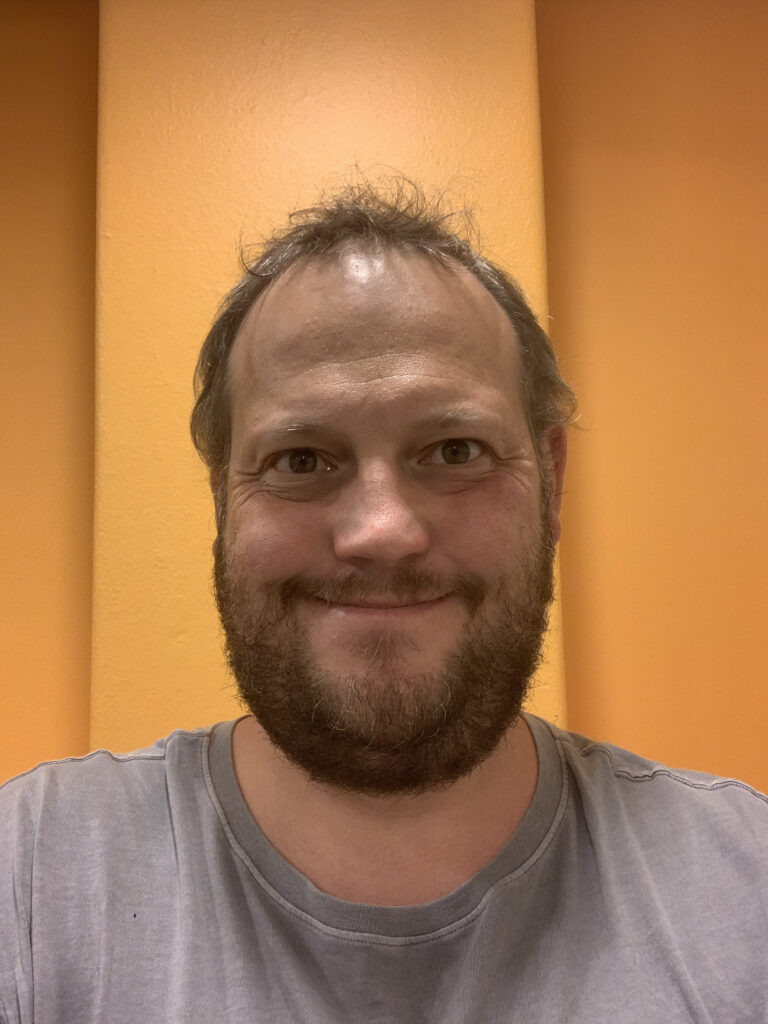
I am a committed, knowledgeable and capable early career researcher. I have extensive experience in a wide range of education contexts as an academic, practitioner and policy-maker. I am beginning to develop a body of published research, as well as an extensive network of professional and academic contacts. I have experience in project and team management, strategic planning and budget management, as well as collaboration with colleagues. I am a confident presenter and teacher, able to impart complex information to audiences of all levels.
My Research Focus
My research is focused around learning design. I’m curious about the ways that young people are using technology to learn more about and how to engage with issues that are important to them, especially in the fields of social movement learning and civics and citizenship education.
I am also interested in learning design as a whole, as a growing field in Australia and around the world, especially in these pandemic and post-pandemic times. I have three main avenues of interest in this area: socially just learning design, learning design training and development, and learning design as a profession.
My Approach to Teaching and Learning
I’ve had a long experience in teaching and learning, across a variety of sectors. This has influenced my own development as an educator, and as a learning designer. I am a social constructivist in principle; certainly, I believe that students learn best through having the opportunity to co-create knowledge by interacting with their peers and mentors and I recognise the social nature of knowledge. I am also drawn to the ideas of connectivism, especially in relation to the complex nature of learning, and our increasingly and broadly networked world.
In order to encourage this approach, I think that educators need to act as curators (actually, I think teachers do a lot more than this – I’ve written about the 6 Cs of Learning Design before) to develop and design learning experiences that provide students with resources that allow them to do this. This includes developing content, but also curating existing content and critiquing existing content. In this respect, I think that the work of scholars like Diana Laurillard and her focus on blended learning is particularly helpful. She outlines some of the key features of a blended learning approach that emphasises the affordances of digital technology, including the fact that it is flexible, efficient, scaleable and social. I’ve also been inspired by David Wiley’s work on open educational resources.
My works, as an educator, is to try to find ways of making use of these affordances in such a way as to promote learning outcomes for a wide variety of students. Of course, this is easier said than done.
